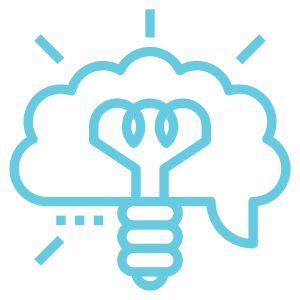
World Creativity and Innovation Day, April 21 has a purpose: to encourage people to use creativity in problem-solving to create a decent life for people on a sustainable planet.
 What does that mean? How does one use creativity in problem-solving? How does one know if creativity has been used?
What does that mean? How does one use creativity in problem-solving? How does one know if creativity has been used?
In a previous post, I asked for input about this question. Here’s one reply, from Dr. Fatou Lo Planchon, France/Senegal
Sustainable development is crucial for our society. Your initiative is a big step forward in this issue. The complex and multifaceted challenges associated with global change and sustainable development occur on various scales.
Achieving solutions to these challenges has fostered the multiplicity of decision making levels, and the plurality of financial and regulatory instruments. However the transition to proactive and sustainable solutions is still tricky because it implies various interacting factors and requires a holistic and creative mindset.
Adaptation and resilience to climate change, water and energy issues, to name a few, are primordial questions to answer.
Using creativity to solve these burning environmental issues means clarifying the issues at stake, involving a diversity of people, widening our perspectives, and stretching our thinking to shift paradigms and come to new ideas. To make this participative cross disciplinary collaboration happen, a climate that fosters idea exploration, trial and errors, and experimentations is needed.
Using creativity in problem solving means:
– Using a robust process to find new ideas, make better decisions, co-create and innovate.
– Combining periods of divergent and convergent thinking
– Deferring judgment, freewheeling, leapfrogging, focusing on a lot of ideas
As an environmental scientist, a doctor in climatology, and a creative facilitator, the role of creativity in solving environmental problems is a question I have to often answer, and keep on searching for new answers to.
Thank you, Dr. Planchon.
Wouldn’t it be great to have a tool available for people to use to review how they might have used creativity in problem-solving in the past? My hunch is that many already do. Imagine everyone able to seize and use their creative power moving forward.



